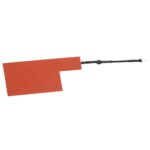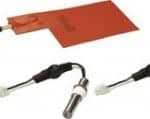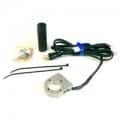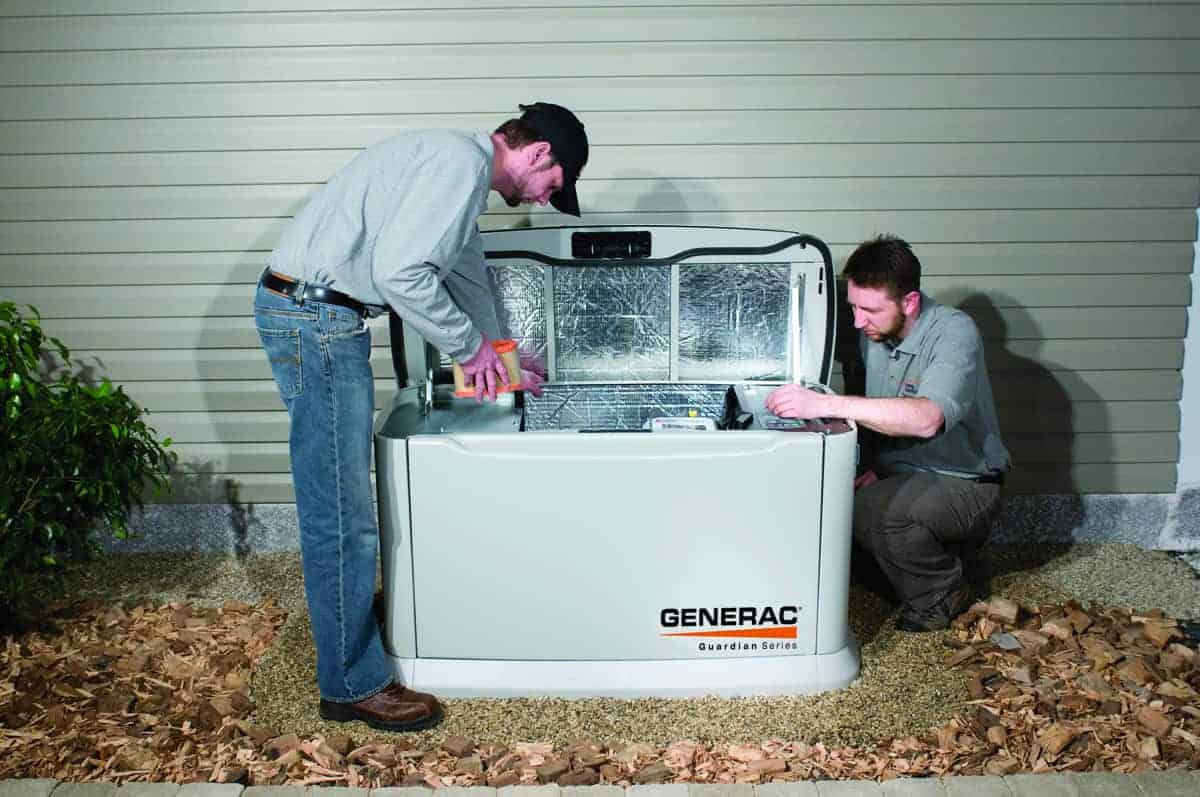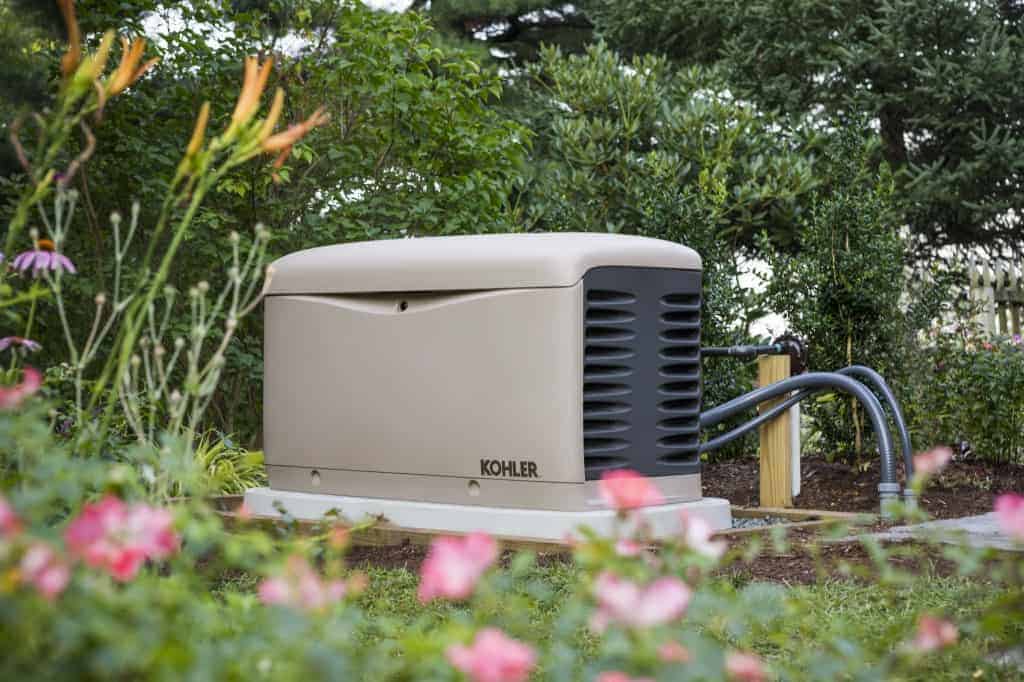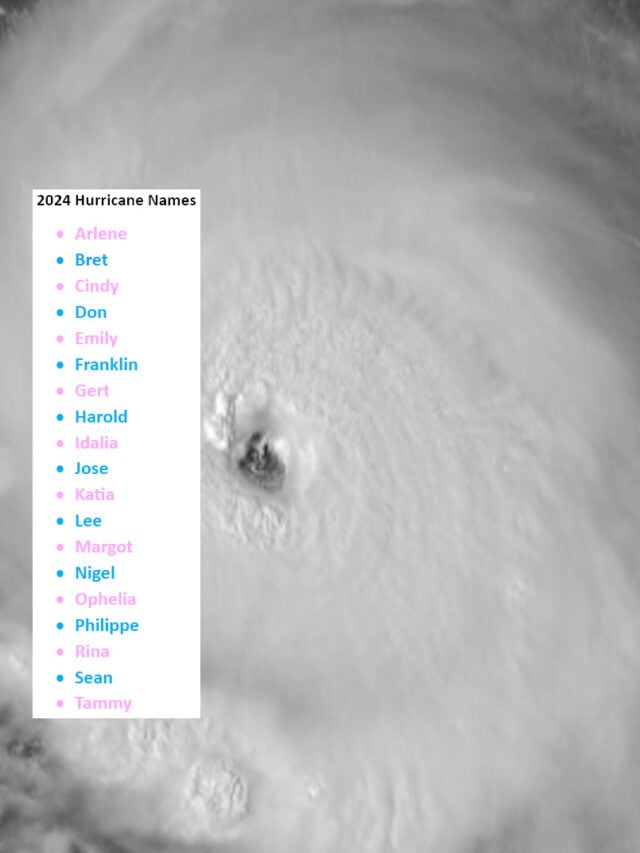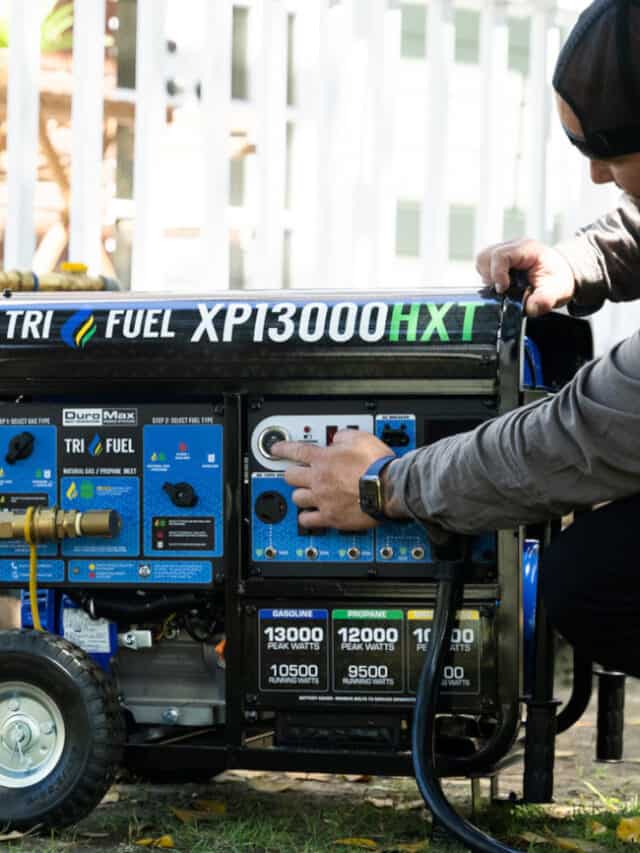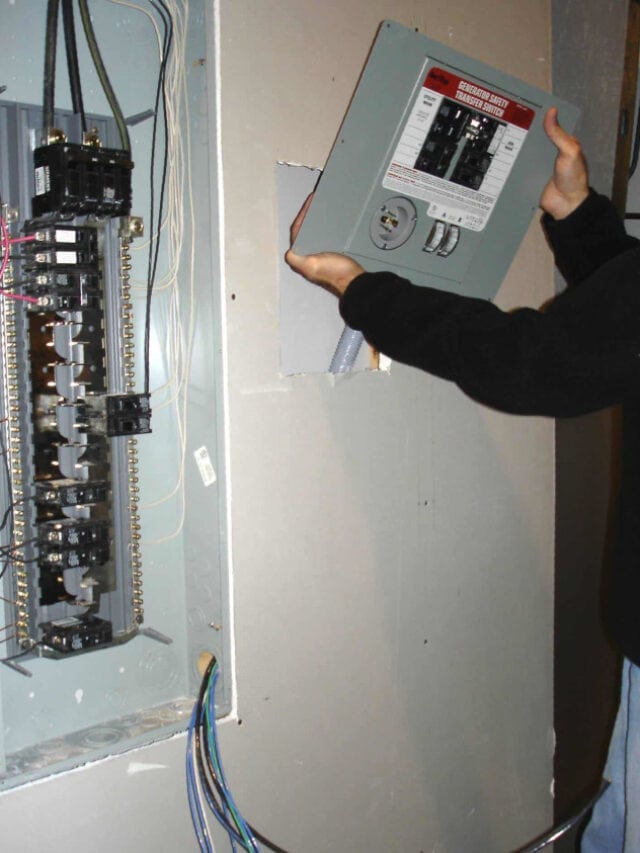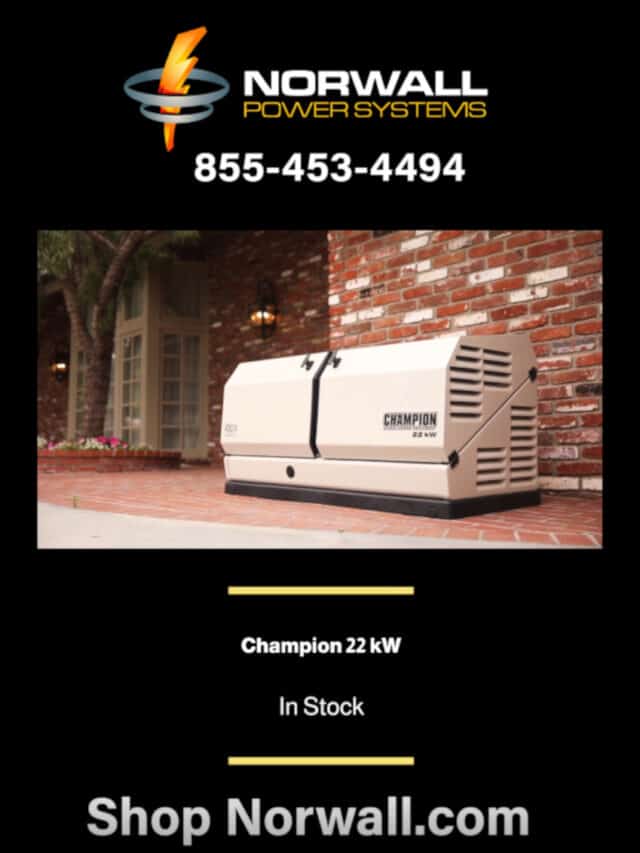Have you ever gone out to the car on frosty morning, turned the key and it just barely turned over? A cold battery produces less power, and the colder it gets, the worse it gets. Along with less power from the battery, thickened oil makes it even harder for the engine to turn over. A car that doesn’t start is probably just an inconvenience, but a house without power in sub-freezing weather is a disaster.
Cold weather makes it harder for your standby generator to start, just as it does for your car. Don’t get caught in the cold; find out what cold-weather accessories are available for your standby home generator.
Safety First
Always disconnect the generator before performing maintenance to prevent unexpected starts. Follow the instructions in the owner’s manual to perform these basic steps:
- Turn the generator circuit breaker to OFF.
- Move the system switch to the OFF position.
- Remove the control panel fuse.
- Disconnect the generator from utility power at the transfer switch.
Preparing for Winter
Before the snow flies and the weather turns cold, perform any required maintenance. Your standby generator has specific maintenance periods, and power outages of any significant duration will quickly eat into the required time between servicing. Taking care of maintenance now will minimize the need to perform maintenance in cold weather.
Maintenance kits from Norwall Power Systems have the parts necessary to service your generator before cold weather sets in. Cold weather might require you to use a different viscosity oil. Check your owners manual or maintenance kit instructions for the correct oil viscosity to use in the temperatures your region normally encounters.
Home generator maintenance usually includes changing spark plugs, oil and oil filter, and the air filter. Some kits include oil, others require you to purchase it separately. Cold weather accessories are available as kits or as separate components including battery warmers and oil warmers.
Battery Warmers
Battery warmers install underneath a battery and keep it warm when the temperature drops so there is plenty of power when it’s time to exercise the generator. If your battery is nearing the end of its life, the installation of a battery warmer is the perfect time to install a new battery as well.
Some warmers fit underneath the battery and are shaped as a pad the battery sits on. Removal of the battery is necessary for installation. Other types act as a blanket that wraps around the battery. Install a warmer that was made for your generator make and model and your generator will have the starting power it needs in cold weather.
Oil Warmers
Keeping the oil warm helps the generator’s engine start, and also helps prevent engine damage during the first few moments of a cold-weather start. The warmer oil provides more lubrication which reduces wear. Installation of a warmer requires draining the oil, so adding it during a regular maintenance saves money and time.
Follow the maintenance instructions for changing the oil and the oil filter. While the oil drain plug is removed, install the oil warmer. It fits into the oil reservoir and threads onto the oil drain. Make the electrical connections, add new oil and installation is complete.
Cold Weather Kits
These kits contain a combination of accessories designed to help your generator start in cold weather. Some cold weather kits include oil warmers and battery warmers, others add additional accessories to keep frost from building up on air intakes or on the alternator. Norwall Power has components you need to keep your generator operating in below freezing weather.
Updates February 13, 2018


